Vintage Watch Market – Summer 2017 – Trends and Condition
It’s been more than a quarter since I’ve given an update on the vintage watch market. Why is that? Well, the article would likely have come off as more of the same – prices are up and the market is tight. And today? It’s no different, so I’ll focus the article, instead, on the trends I’ve witnessed along with some commentary on condition.
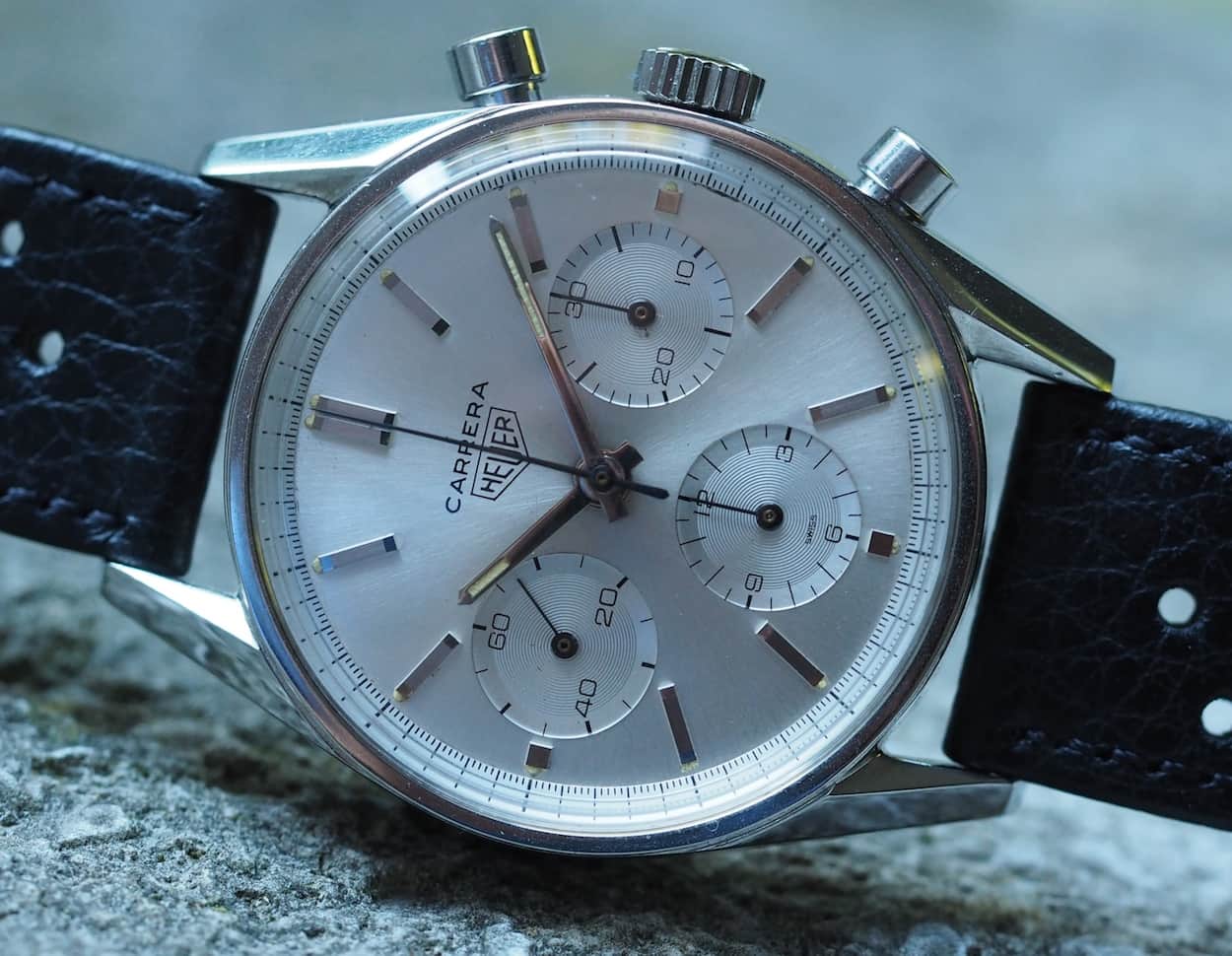
Your Hobby is Becoming Mainstream
The vintage watch market continues to evolve and what I’ve noticed is that it has become far more mainstream. What was once a true enthusiast/hobbyist market has now pivoted and attracts a far wider range of customers. Speculators, those concerned about general style, and trend followers now, more often than not, exhibit more than just a passing interest in vintage watches. Aside from the speculators, I think the increased interest is a good thing and as long as newcomers aren’t put off by high prices and the typical inability to buy whatever one wants whenever one wants, then it should continue to breed new life into the scene.
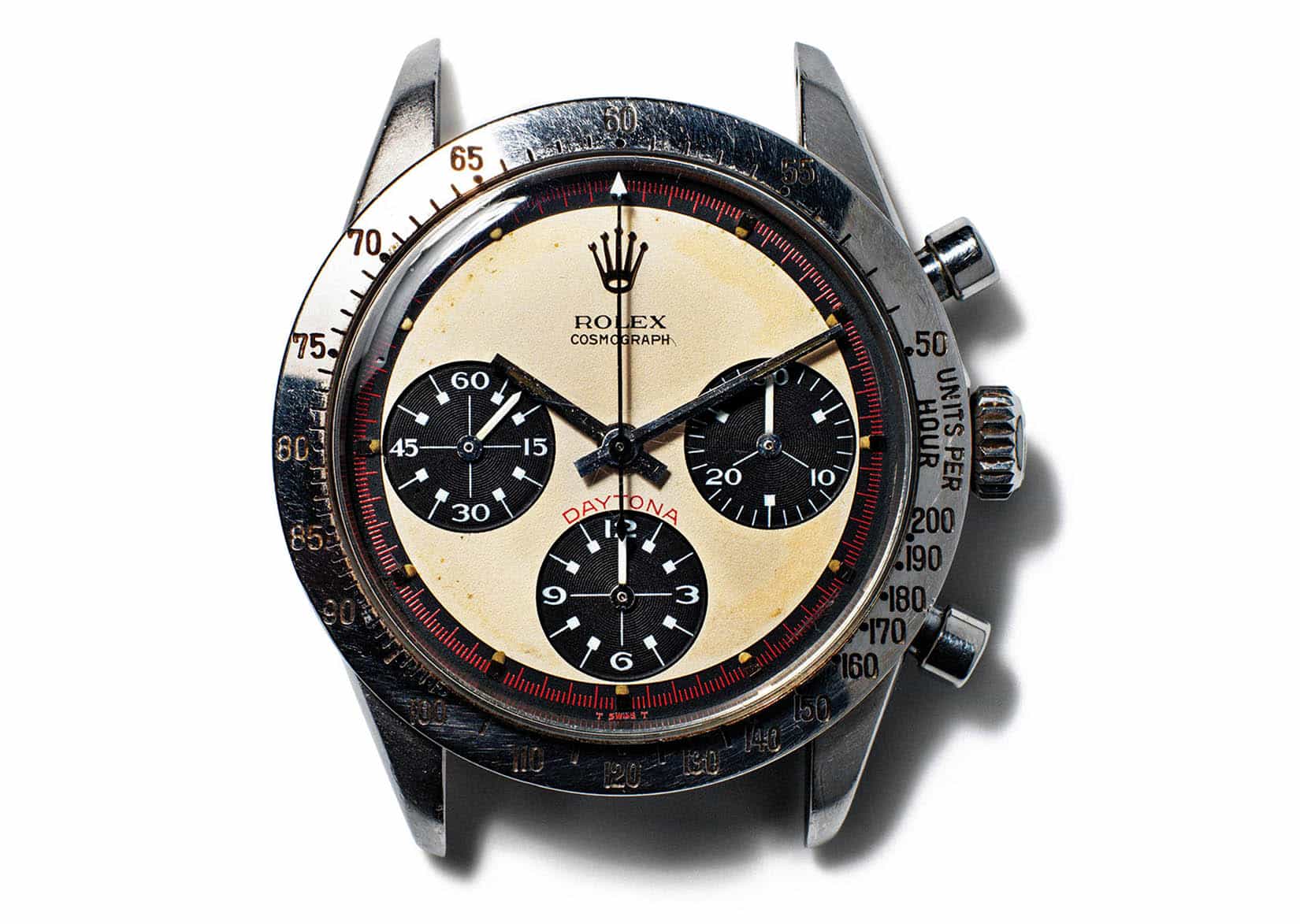
Will the Newman Boost the Vintage Watch Market?
Along with widespread interest in the vintage watch market, the subject has seen far greater media coverage. Auction results have gained greater attention and upcoming auctions now seem to generate higher and higher levels of anticipation. If we take a look at the upcoming Phillips auction that will feature Paul Newman’s personal Daytona, I think you’re looking at something that will ultimately find its way to prime time news. This watch, aptly considered as the piece that “started it all” to chronograph collectors, and its results could represent a real tipping point in the hobby that might just cause a mad rush of well-heeled art and automotive collectors to enter the scene. Personally, I expect this lot to surge past the single-digit (millions) mark with relative ease and then the result becomes anyone’s guess.
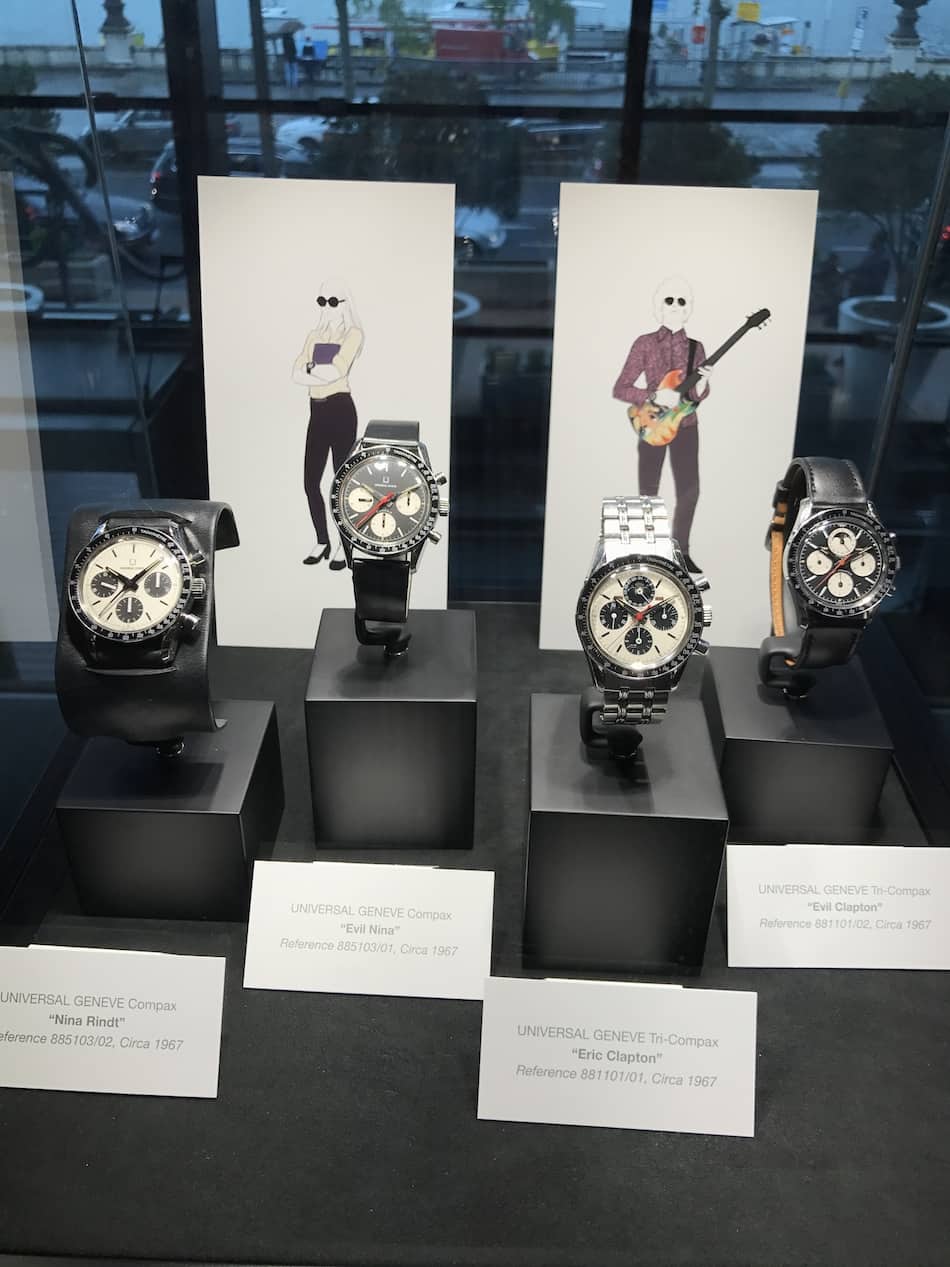
Cornerstone Pieces Continue to Rise
The vintage watch market continues to support increased prices on the seminal pieces. Collection cornerstones such as the Zenith A386, the Universal Geneve Compax (Nina, Evil, or otherwise), pre-Moon Speedmasters, Heuers, and Rolex sports watches all continue to set records. Condition counts more often than not, but we’ve witnessed some wild aberrations where crazy prices have been realized for watches of odd quality (take the recent nearly $9K for a non-running, pusher-less Wittnauer 242T). These detours show us that there are still people out there who are more than desperate to pick up an example, any example for that matter, of a watch they’ve grown weary of trying to find – or they possess one heck of a parts drawer.
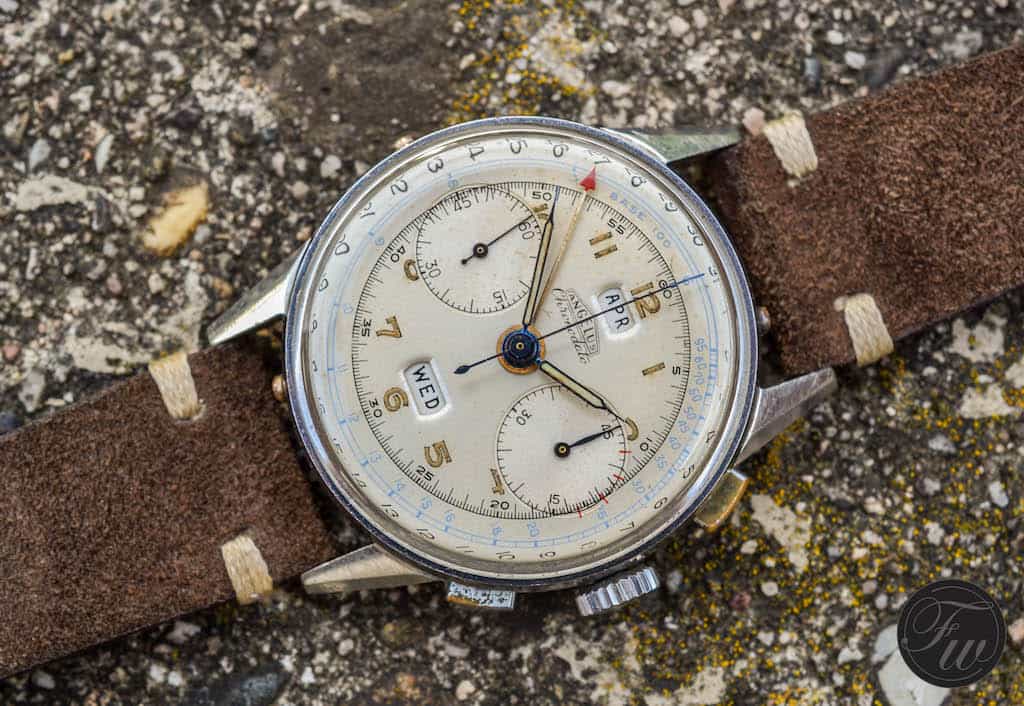
The 1940’s and 50’s are Hot
Instead of an upsurge in interest in the 1970’s (as the 1960’s have been fully exposed), the vintage watch market appears to heavily embrace large watches from the 1940’s and 1950’s. Large diameter stainless chronographs and dress watches (seemingly everything is a Calatrava these days) are all over the place now on collector’s Instagram feeds. As an example, pre 60’s Heuers seem to be all the rage along with dress watches from IWC, Eterna, Longines and the like.
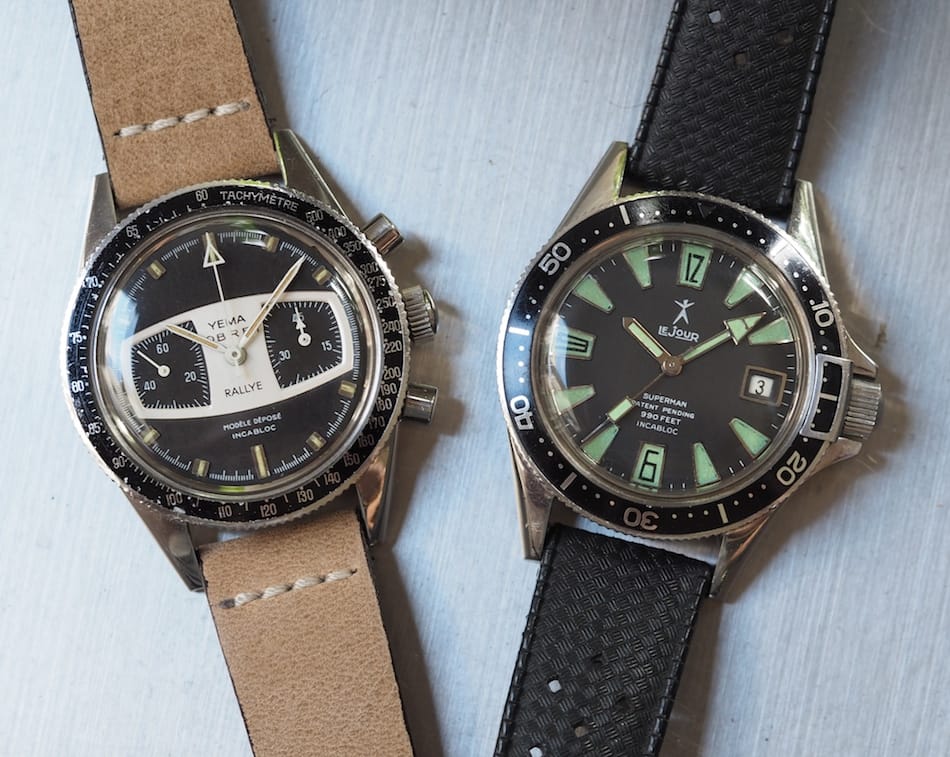
Heuer, Yema and the Japanese
Brand-wise, aside from red-hot interest in 60’s Heuers, we’re seeing consistently high results and interest in Yema. No, it won’t ever become Heuer, but I’m blown away on a weekly basis by what I see with the French brand. Also, after years upon years of being ignored by those who only dabble in Swiss, Japanese brands seem to be enjoying real appreciation. Early Seiko divers, world timers and 70’s chronographs are still affordable, but have increased dramatically and have become even tougher to find in original condition.
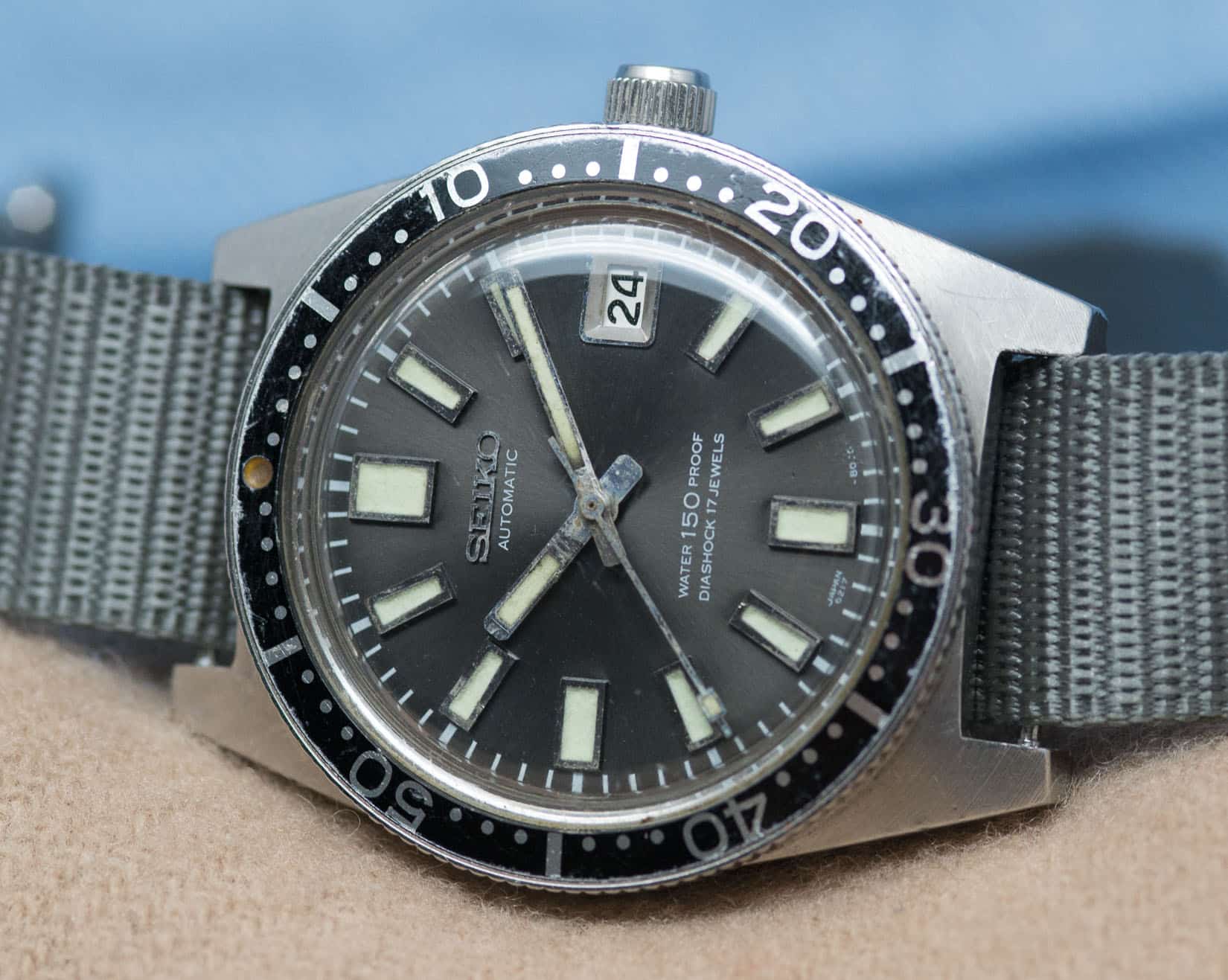
Let’s take the Seiko 62MAS as a good example. As Seiko’s first real dive watch, these sat around the $1500 – 2000 mark forever (for something like 5-6 years it seems) with Seiko fanatics as the main buyers. Now, though, these watches in good, original condition seem to hit $2500 – over $3000 with relative ease. Here again, I see collectors who previously owned Swiss-only watches with these and other earlier Seikos on their feeds. Finally, Citizen and Orient still register as cult brands, but 60’s – 70’s sports pieces from these Japanese brands are rising as well. Regarding Citizen, I’ve picked up a few and I’m here to tell you that they’re every bit as good as a Seiko – and sometimes even better – they’re just tough to find outside of Japan.
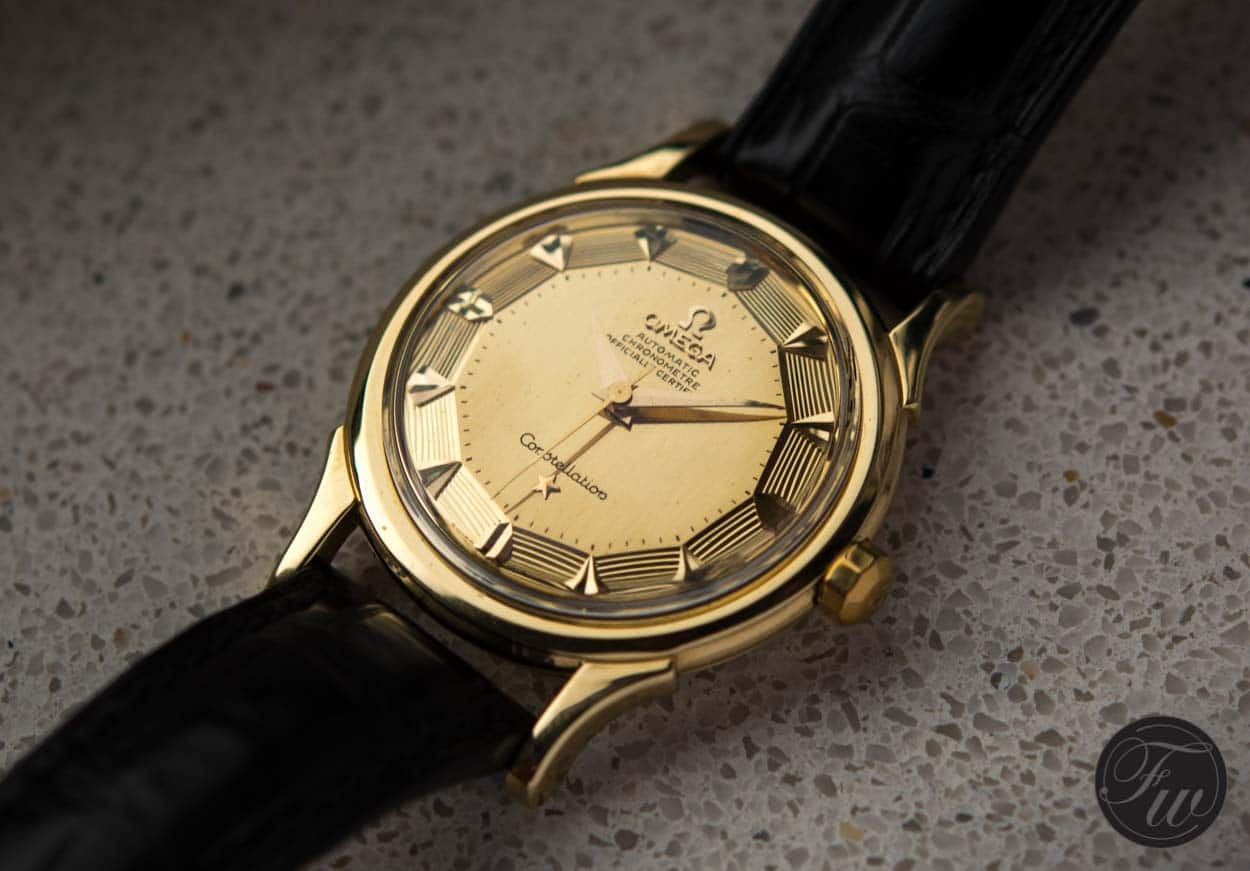
Gold…It’s Here
And what about metals other than stainless steel? You’ve read over and over about our interest in gold, but is this only our interest or is the vintage watch market in agreement? It seems that people are warming up to the yellow metal. Blame the submission to general style trends (apparel brands seem to try an introduce gold every so often in order to shake up sales), greater availability of watches, or the tangible value that gold offers at a minimum, but it does seem to be more prevalent today.

Then we have bi-metal pieces and here, I think the return will be more selective. We see the popularity of Tudor’s new bi-metal Black Bay and the fact that the younger trendy set is embracing this very 70’s and 80’s look. Does this mean that quartz-powered Movados, Ebels and TAG’s are the next vintage darlings? Who knows, but I’d bet on larger mechanical pieces from the era as long as they’re presented in a modern fashion – say, on a weathered strap. Dammit, that reminds me, I do need an Ebel!
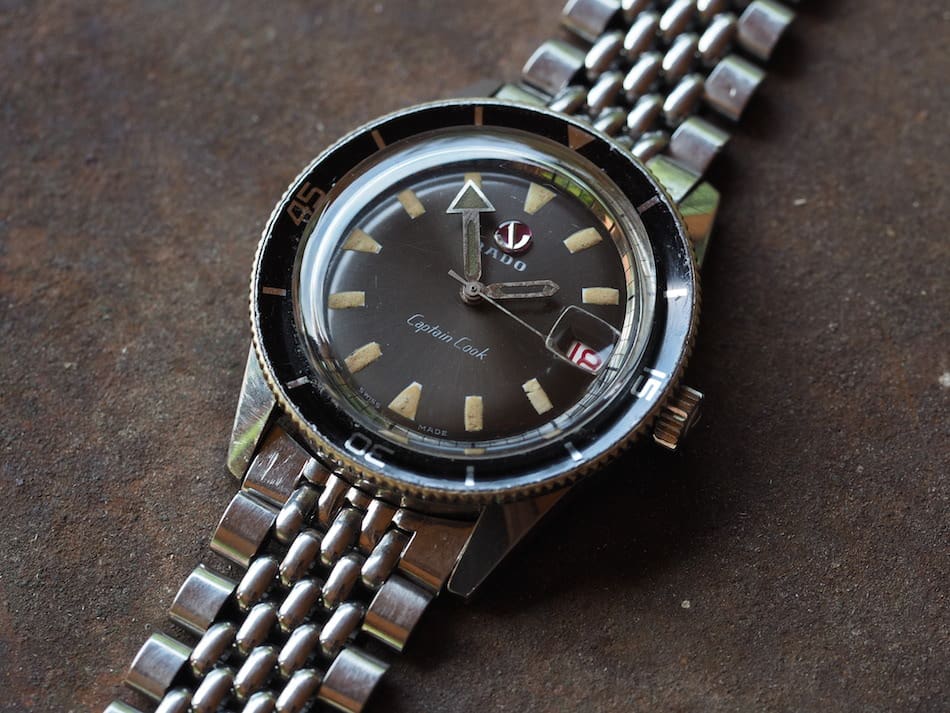
Condition…a Real Rabbit Hole
So now let’s talk about condition. When asked about whether I think the vintage watch market bubble will burst, I typically respond that I doubt that it will implode but that I think condition will become more and more important. I’d like to modify that hypothesis. I think condition will count, but I also think that provenance and/or disclosure will follow closely behind and when paired with condition, will represent the best possible scenario. What does this mean? Without a doubt, a watch in amazing, bona fide original, condition with all of its original accompaniments will always represent the best possible collectible. After that, though, a nice piece with believable provenance (documented or otherwise), such as from a first or well-known owner, will continue to be looked upon favorably. And finally, when it comes to modification, I think that pieces containing full disclosure on changes such as re-lumed hands, replacement hands, bezels, etc will ultimately be considered with more respect than today. Liken it to the slowly softening stance on baseball players from the 90’s who admitted to using steroids if you wish, but I think it’s more about transparency in the end. I do think these last categories are tricky subjects and controversial, so let’s dig in a bit more.
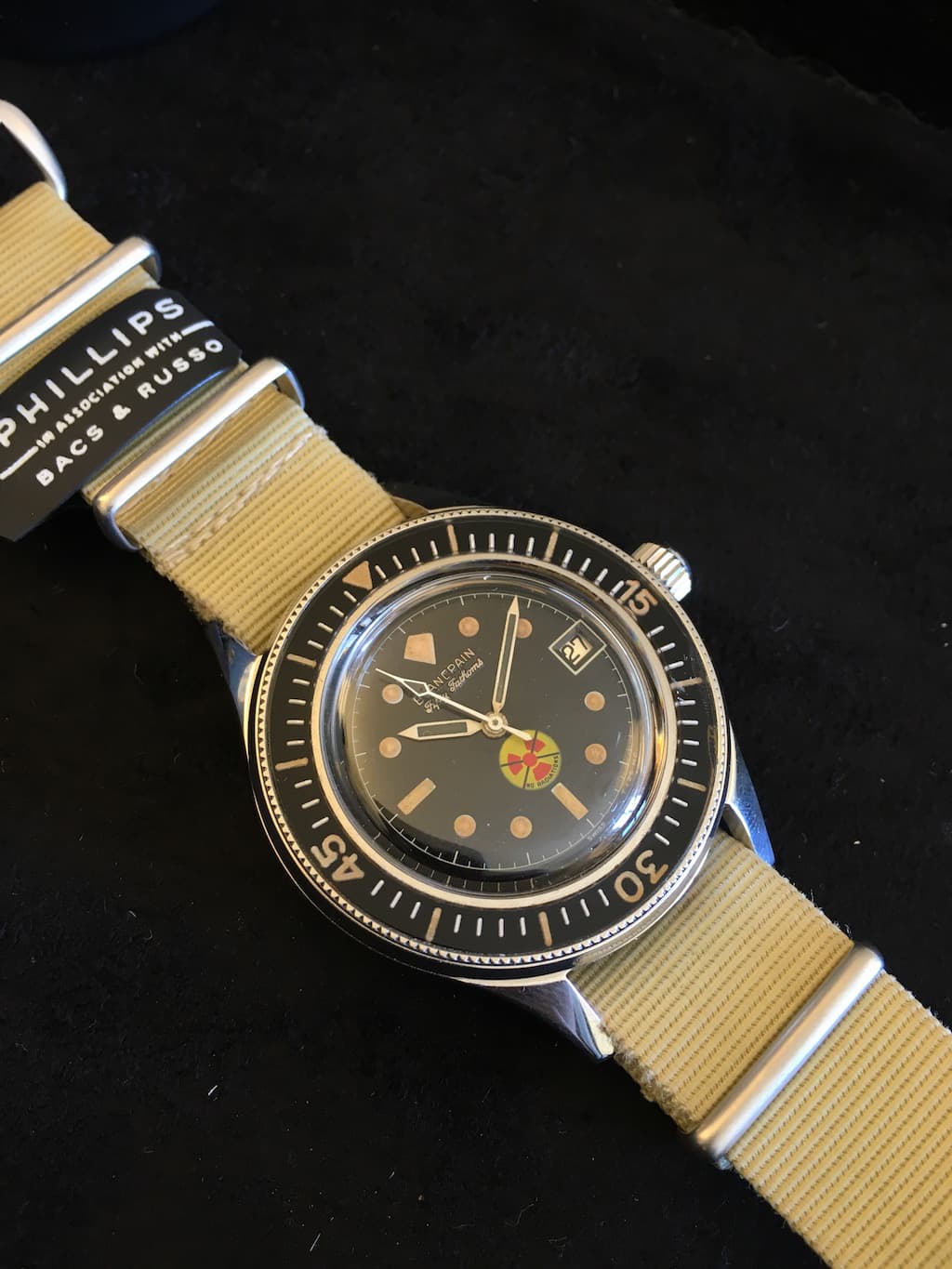
Provenance. Fact vs Fiction
Provenance in the vintage watch market is dodgy at best. With so many of the brands now long out of business, history often becomes hearsay unless catalogs, bills of sale, photographs, etc are found. Even with some brands still in existence, only a handful will comment on originality or provide historical information. It makes things very different from the automotive world and in some cases, the modern art world where items are catalogued or records are kept with fanatical detail. With watches, it’s still interesting to think that we’re dealing with 50-60 year old items where, in most cases, know one really understands what is correct (other than using comparisons against a population of similar pieces). We’ve also seen stories that morph into “fact” when repeated by enough people in the right places. This isn’t meant to dim the enthusiasm for vintage watches with provenance, but it brings to mind the old saying, “trust, but verify”.
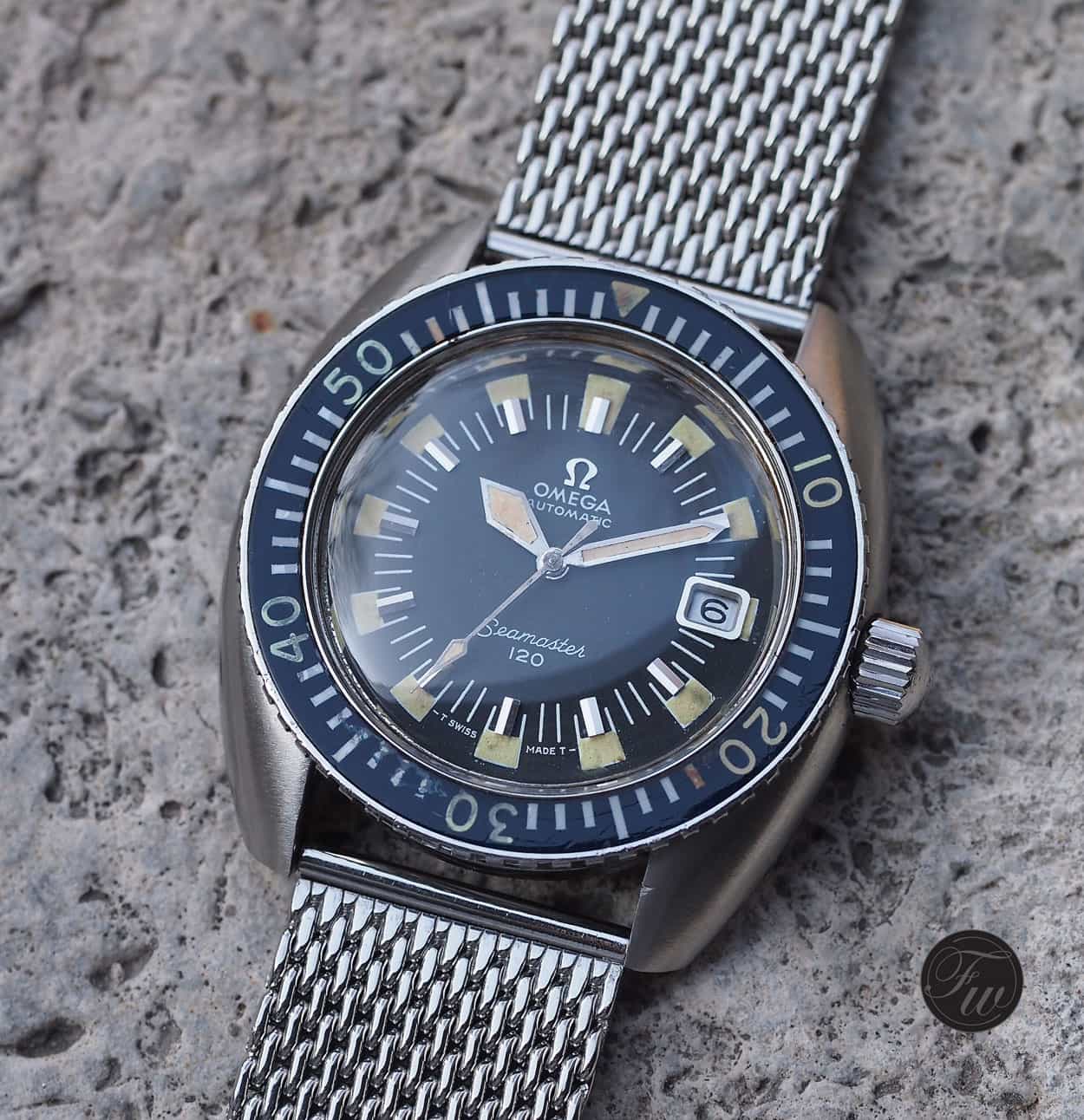
Regarding disclosure, would it surprise you that I later came to learn that several highly regarded pieces in my collection contain a relumed hand? I didn’t buy them with this knowledge because the work is so good that it really can’t be seen without aid from a “blue” light (we called them black lights and used them in college along with those cheesy psychedelic posters). My Wittnauer 242T, which is a stunning watch with an amazing dial and case, along with an otherwise seemingly original Omega Seamaster 120 166.0073 both contain a relumed hand. One of the Davidoff brothers shined a light on the both of them and the fix jumped out immediately. Do I care? Not really as they’re beautiful watches, were bought well, and I’m not a seller. Would I have bought differently had I known? Maybe and that’s enough to convince me that I’d rather have known about the modification versus not knowing.
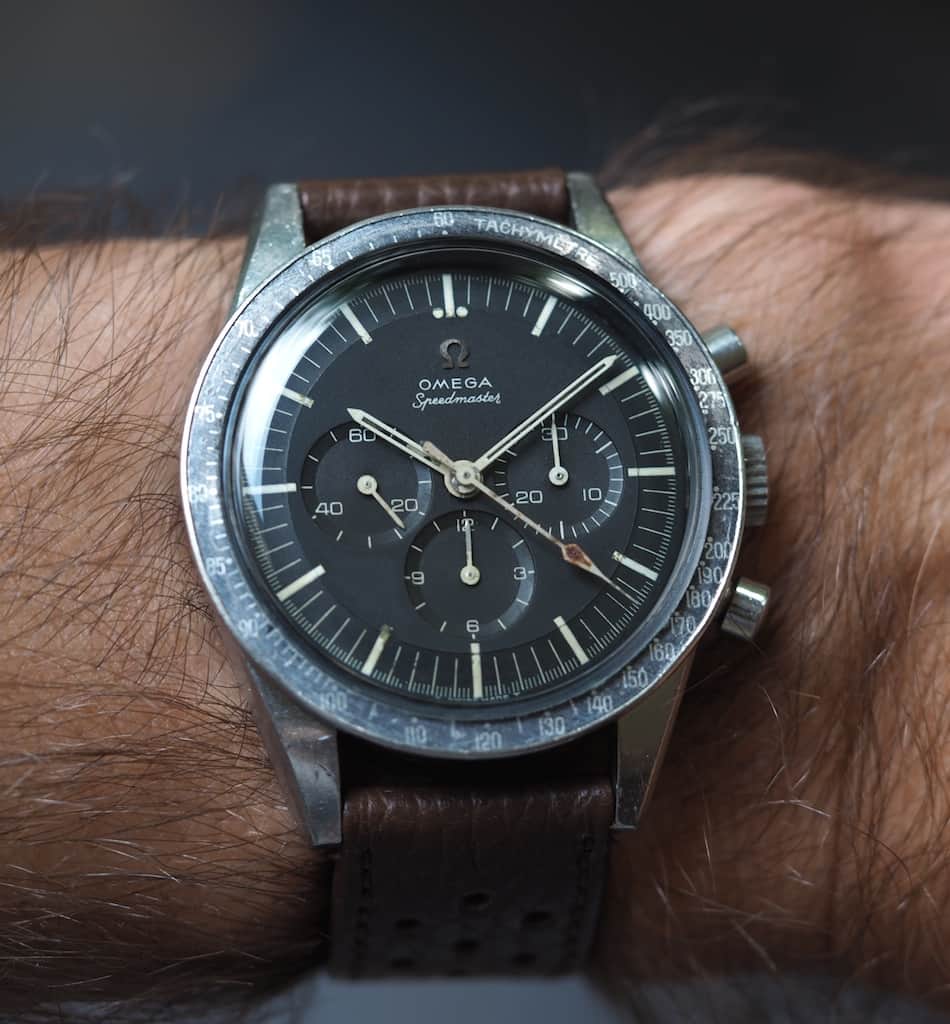
Disclosure
I think the market will ultimately demand this type of disclosure in order to move forward and will actually reward it with higher prices for well documented modified pieces versus attractive but thinly documented/described examples. Does that sound obvious? Maybe, but then again, look at all the watches that currently sell today at high prices with little to no description. That tells me we’re still in the formative stages of this hobby with loads of enthusiasts and unscrupulous dealers, which makes things a little bit like the Wild, Wild West. On the same theme, if you always assume you’re dealing with an uneducated seller who found his watch in an attic and take that at face value, I think you’re being naive. At some point, I think you have to assume the seller is knowledgeable and if you’re paying top dollar, you should demand information and disclosure. If it’s not there, ask! A non-response may result on losing out on some great pieces, but it will likely save you from some unwanted surprises too.
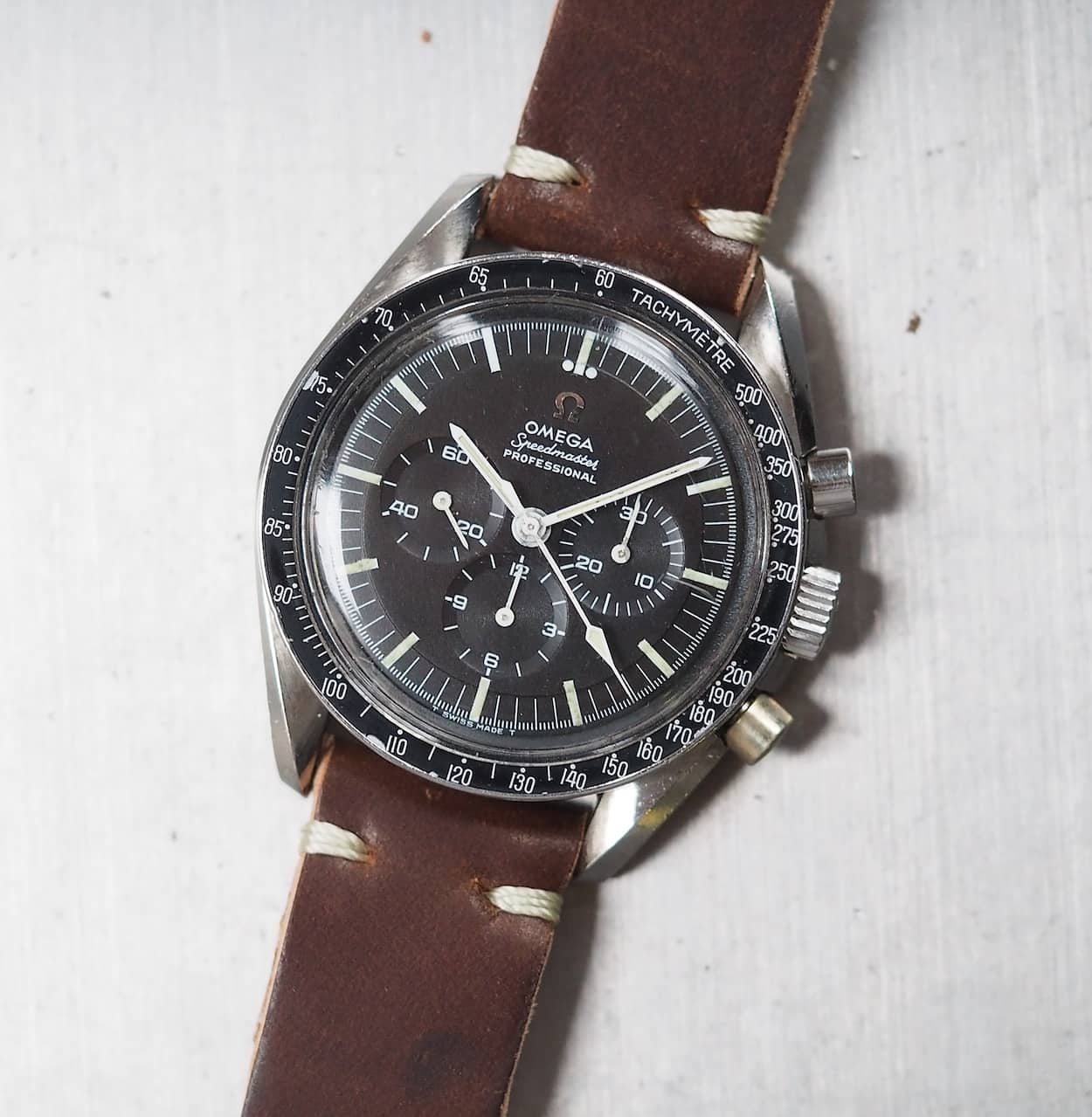
Do you really know your watches?
Speaking of surprises, when we held our last Fratello get together in London during Salon QP 2016, I spoke to the owner of Swiss Time. If you don’t know of this Omega authorized repair company, you can look them up and do trust that the owner has seen a lot of watches during his career. We spoke about condition and originality and his comment, if I haven’t shared it before, is that more often than not, a watch has been cosmetically modified even when the owner is absolutely sure it hasn’t. It comes down to the fact that, over the last 40-60 years, our tool watches were generally looked after during a period when changing parts was the right thing to do in order to create a freshened look or, more appropriately, to ensure ongoing robustness and functionality. The watches were simply brought back to spec much like your car when it undergoes service.

When rarity trumps originality…
If the vintage watch market doesn’t currently accept things like newer dials, bezels, relumed or replaced hands, or slightly polished cases, will it ever? It’s tough to say, but I think the answer will be, “in some cases”. Let’s speak analogously. As an example, albeit an extreme one, I spoke with a well-known racing driver who drove a Ferrari 250 GTO at a relatively recent vintage car event and this event demanded that the car be driven hard. The car wasn’t his and that theoretically made driving a $25 million plus vehicle a potentially tenuous situation. The owner, though, stated that if the car were crashed, to simply ensure that the chassis tag were saved so that it could be rebuilt. Interesting. And while this story isn’t overly comparable to the watch market where production runs are rarely public (yes, if you’re a Patek collector, the runs are known), the GTO owner is essentially stating that he has one of 39 GTO’s in the world and if it has to be rebuilt from new, it’s still one of 39 GTO’s in the world. Again, interesting. So, coming back to my Wittnauer 242T with one relumed hand, this modification absolutely affects the value, but I’d bet less so versus, say, a run of the mill Heuer Autavia Viceroy with a repainted hand. Desirability, and, in this case, rarity have a strong influence on what the market would likely accept.
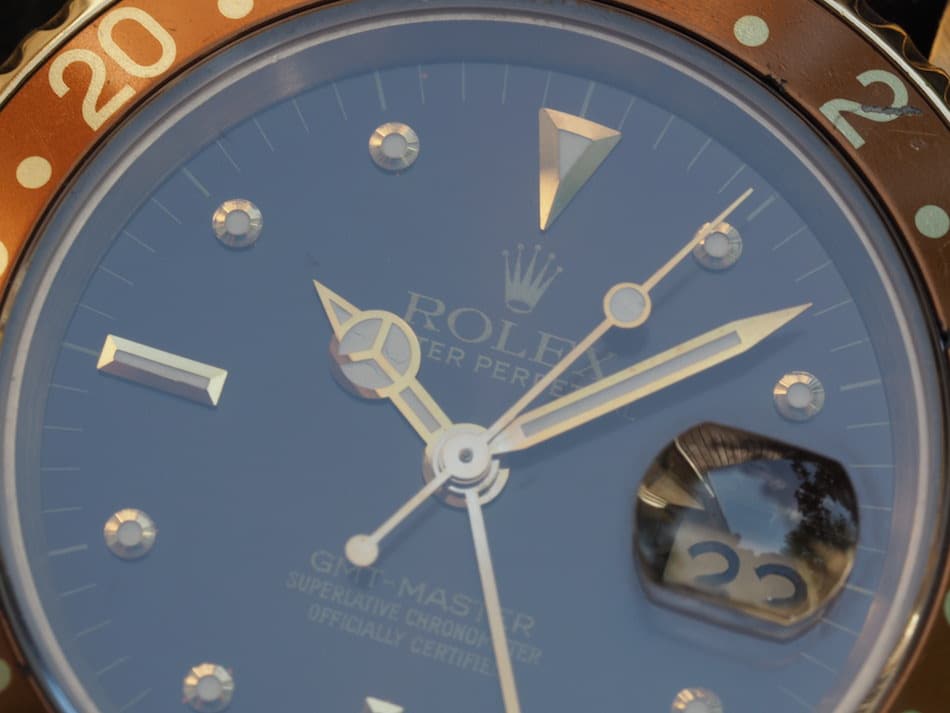
How Will Watches Age?
I’ll ramble a bit more. I harken back to a very well-written, controversial, article over on Hodinkee written by Jack Forster on what our vintage watches will look like over time and how they will continue to age. While I do think that most vintage watches bought today stand the chance of finally seeing a service, are being worn less, and likely aren’t experiencing the swimming pool, it will be fascinating to see how these watches mature. I started my career as an engineer – I wasn’t a great one – and I liked thermodynamics and majored in materials science. With this in mind, I think about old lume, rubber seals, paints and oils a lot. I probably think about these things way too frequently in fact. I think about coefficients of thermal expansion and how the different materials in a watch are literally flexing, stretching as temperature changes – and this doesn’t even take into account humidity, shock, and a resonating movement inside the watch itself. I then come back to my Wittnauer 242T, with its broad swaths of brittle luminous material in its hands, and it actually surprises me that any of these watches (or so many others) have survived with their original lume intact after so many years. Drawing parallels to the art world, restorations are often done that help repair paintings because of their experience with whatever the environment has thrown at them. So, I’m not saying that relumes and redials should be accepted blindly, but I am saying that there might be a reason for it and that if you think that your precious “NOS” piece isn’t slowly degrading, you’re fooling yourself unless your watch is in a dimly lit, temperature and humidity sensitive museum. Oh, that also means it’s never on your arm.
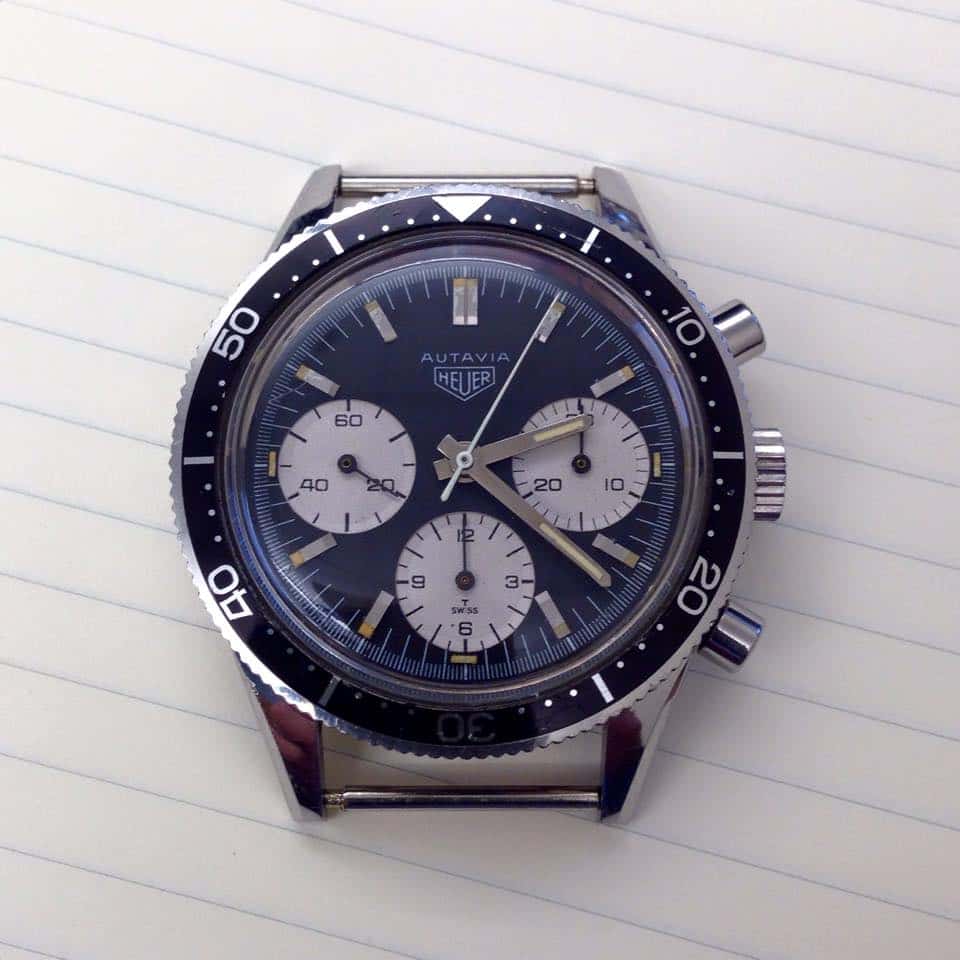
3rd Party Authenticators? Maybe
Perhaps, one day, we will move towards real, trusted 3rd party verification by a team of experts who classify a watch and comment on its originality. It’s hard, though, with watches because, unlike coins, baseball card, comic books or autographs, few will want to seal their watch in some sort of encapsulated block to prevent tampering. Plus, grading a watch might require “control” samples for comparison. And what of the aberrations, the transitionals and those watches that are truly 1 of 1? You also have the concern about who will do the authenticating and their trustworthiness. My experience in many hobbies suggests that serious scrutiny would need to be shown to ensure impartiality. Maybe we will get there within the vintage watch market and one would suggest that the current state of auctions, with many questionable pieces hitting the block; we need something trustworthy on the outside.
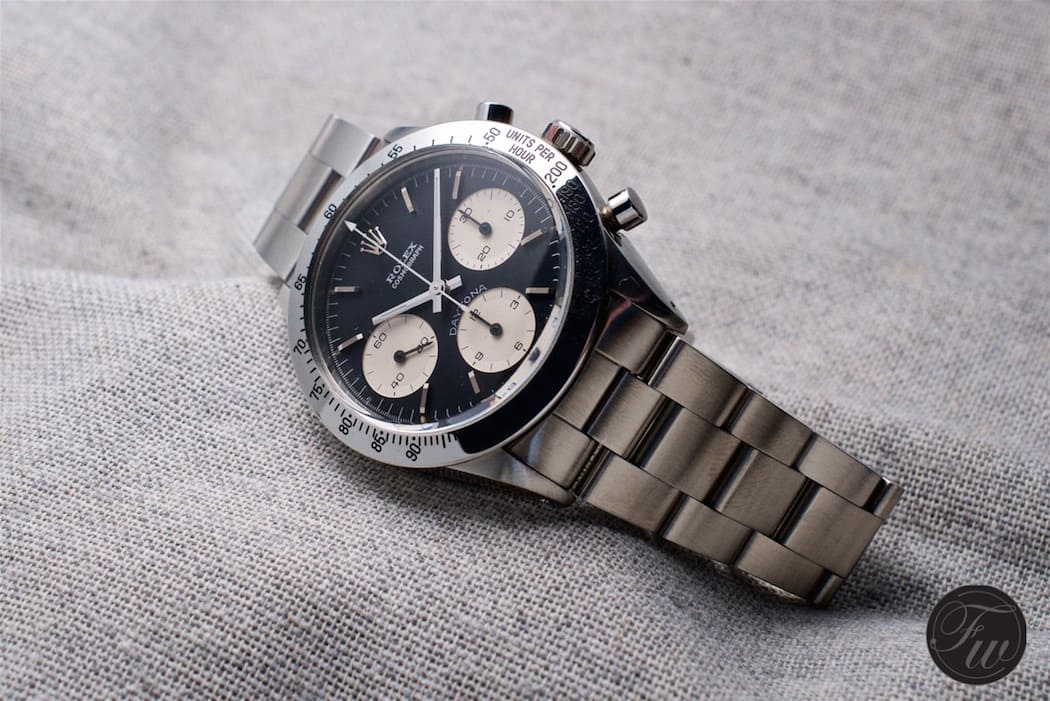
In summary, I get it that there or those collectors who only buy “perfect” pieces. It’s a discipline within the vintage watch market that I respect because it takes time to find the right piece. Do I think that every watch in the collection of these folks is truly what it’s purported to be? No, but if the owner is happy and the market accepts the story when it becomes time to sell, then so be it. For me, I care less about this versus finding a watch that appeals to my senses of condition, one that exhibits so-called “honest wear”, full disclosure and something that I feel good about wearing. Anything that has to sit in a safe for fear of putting “miles” on it just isn’t up my alley. But, again, I get it that there are those who enjoy this type of collecting.
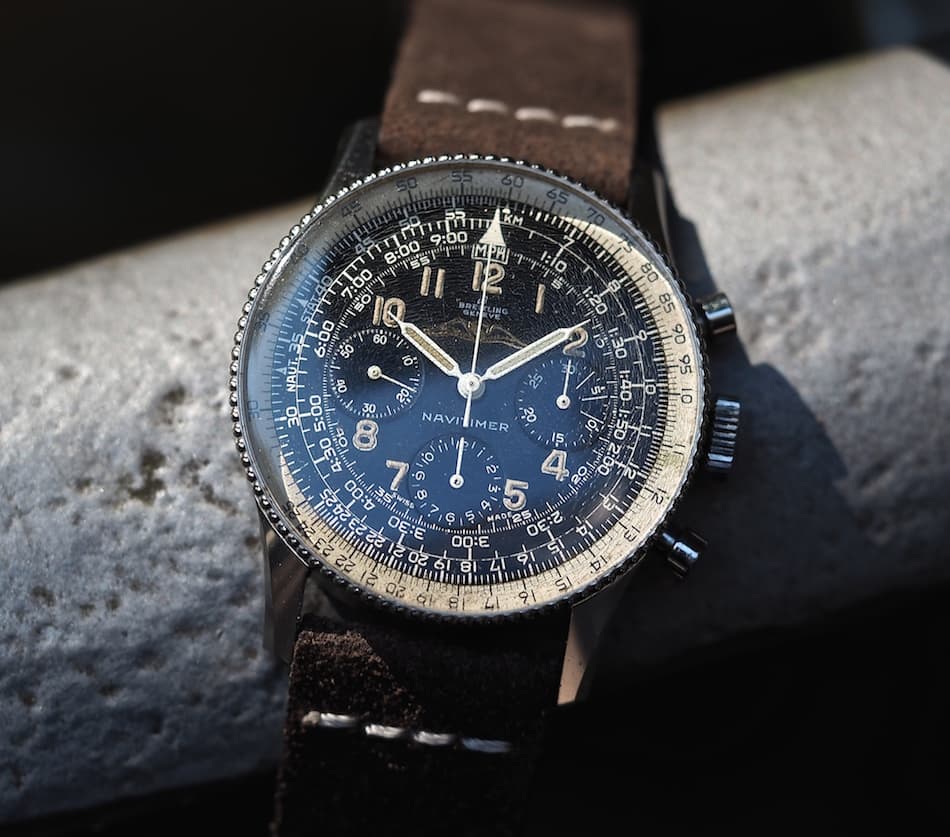
I’ve mentioned this before, but I buy a lot less than I used to. It’s tougher to find good pieces that I can afford, but don’t let my easing off slow you down. There’s still plenty of good stuff out there within the vintage watch market in great condition and maybe even in a different shade of metal. Today, you only require more patience and, likely, deeper pockets.
